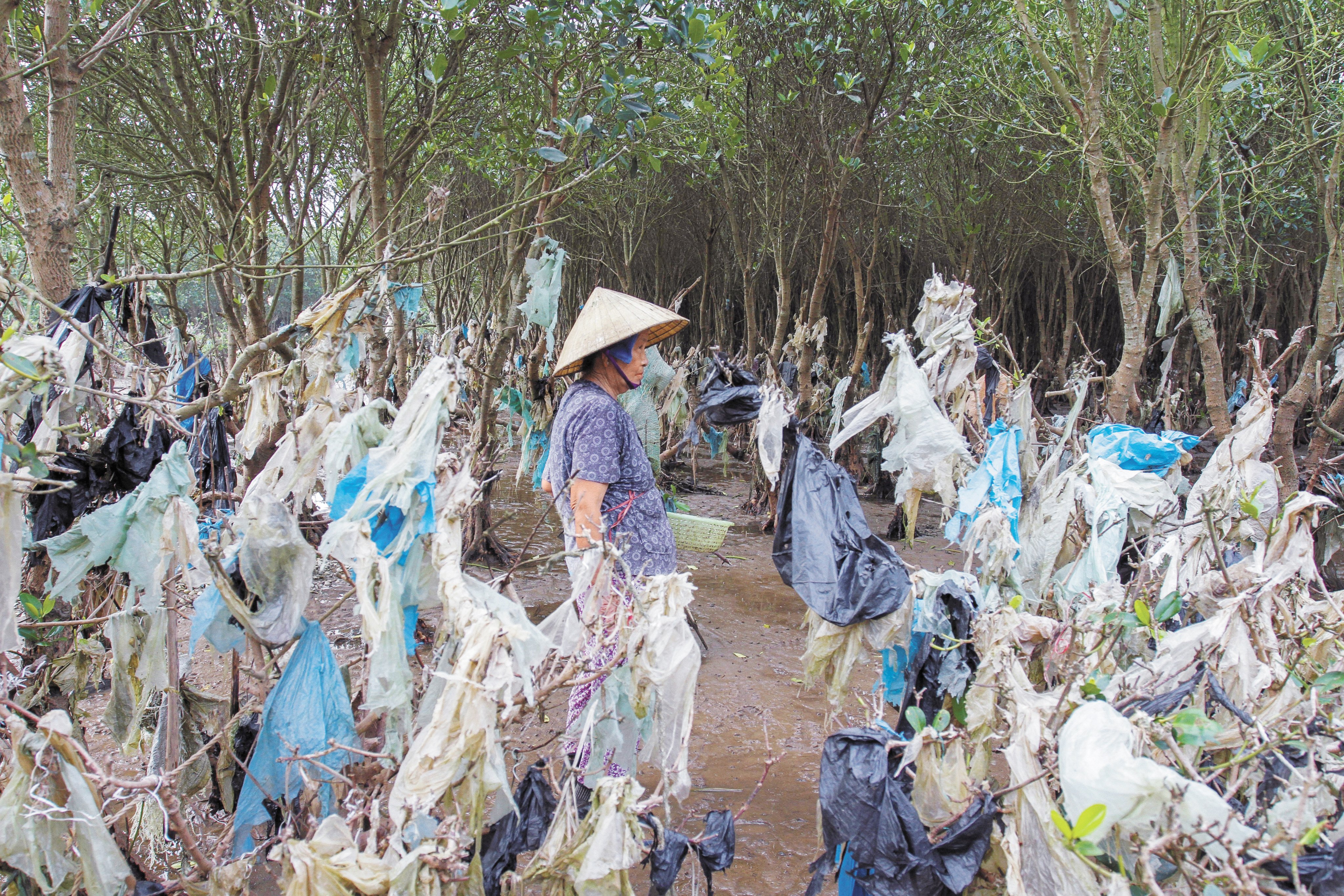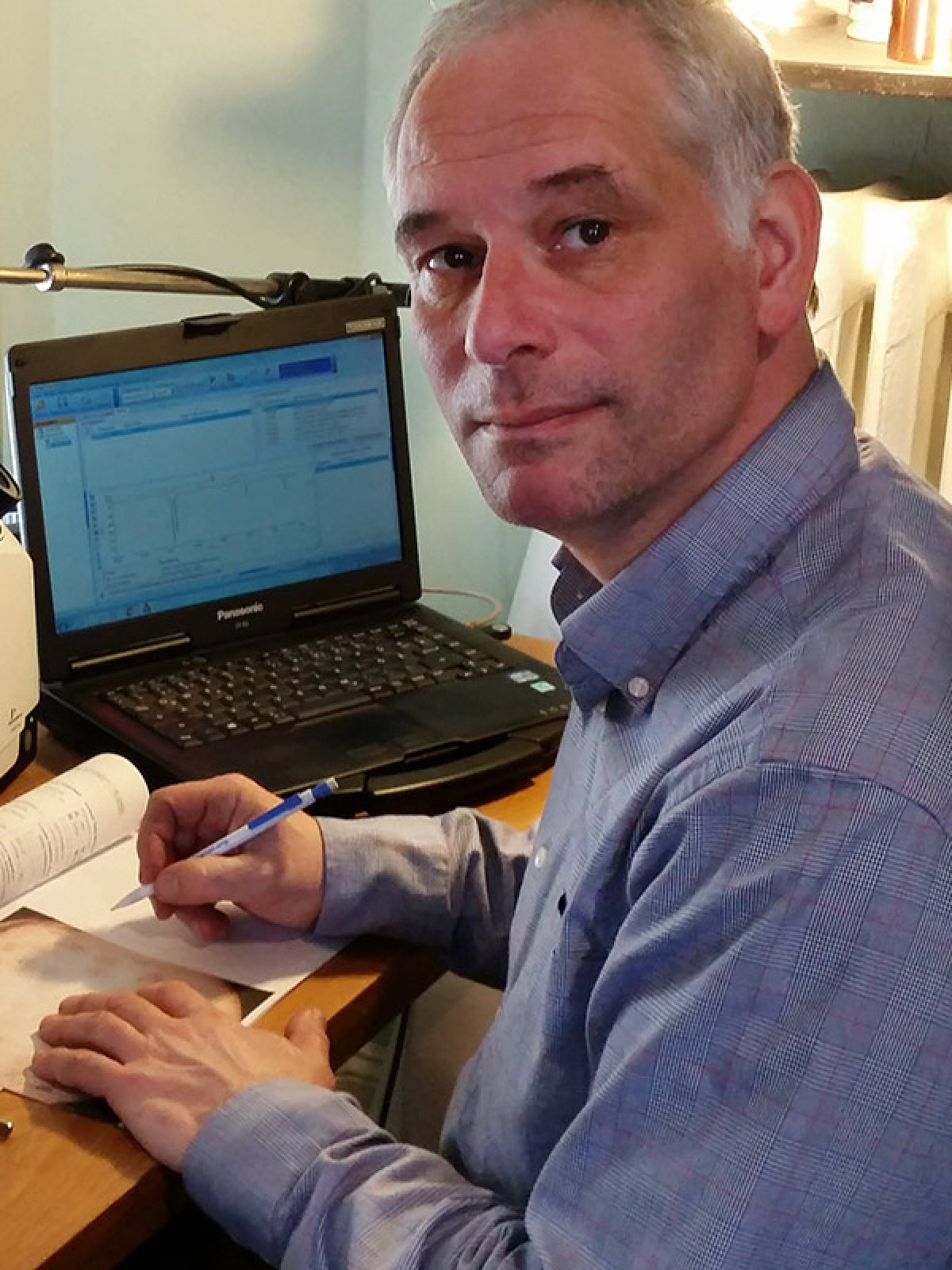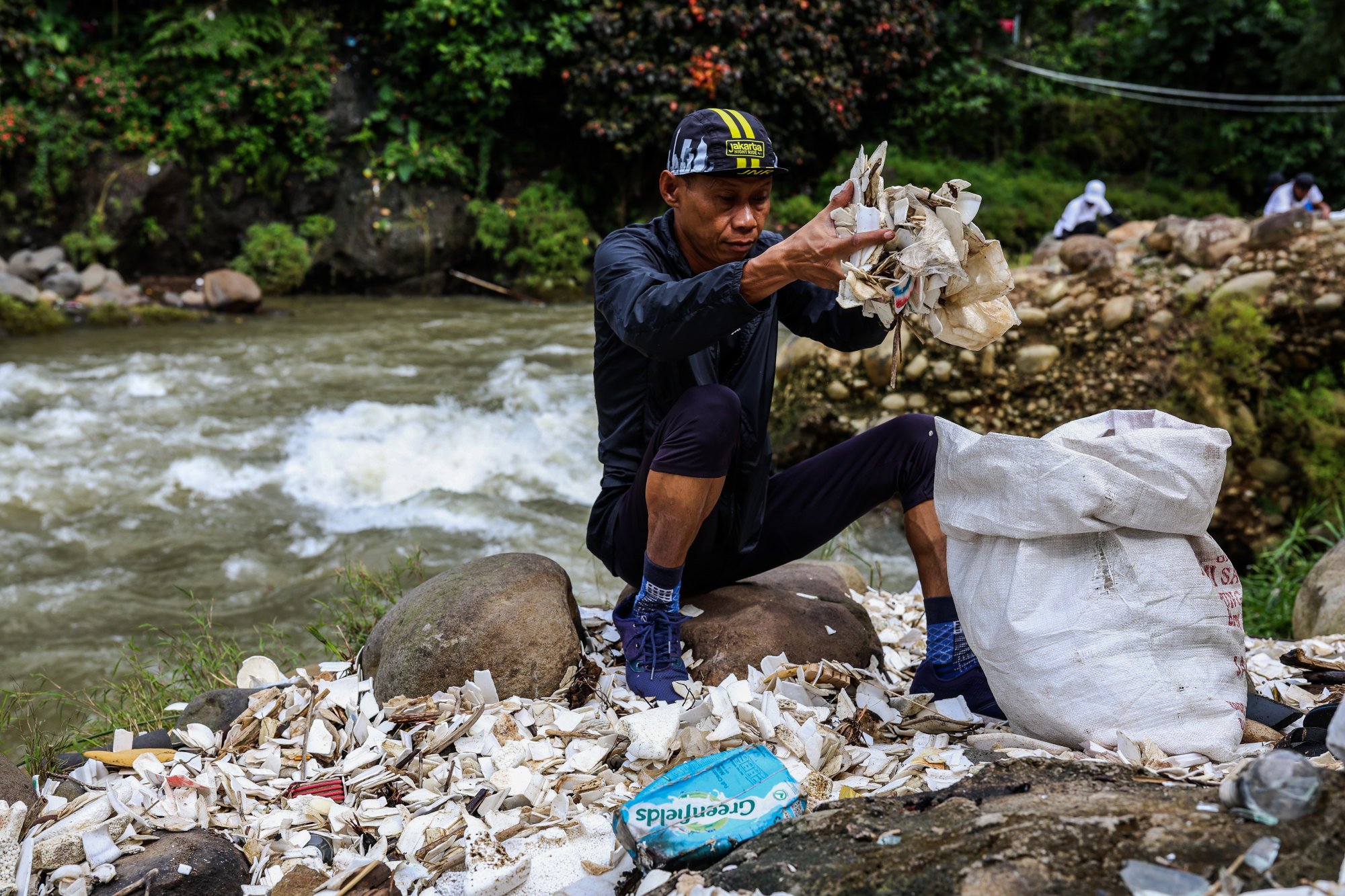
- Five Asian countries are responsible for more than half the plastic waste in the oceans. While there’s been much talk of change, there’s been little real action
Dusted with white sand beaches and lush forests, Japan’s palm-fringed southern islands are home to coral reefs and nesting sea turtles, and provide a safe migration route for whales.
A large swathe of this part of the country, from Kagoshima to Okinawa prefecture, has been awarded Unesco status due to the endemic and endangered species found here.
But Japan’s beaches are far from a pristine paradise. Sink your toes into the sand and you’ll have to dodge the odd toothbrush sticking out or kick away some washed-up food packaging.
Waves of detritus scatter the shoreline, from old fishing equipment to lonely soles of shoes, often raked into a pile and burnt by elderly locals.

It is an old problem that for all the big talk and broad activism still hasn’t gone away. And it is not just Japan. Five Asian countries – China, Indonesia, the Philippines, Vietnam and Thailand – are responsible for more than half the plastic waste in the oceans.
Hong Kong’s plastic problem washed ashore in 2021, with enough plastic bottles and fishing nets to result in beach closures.
Describing Southeast Asia in particular as a “hot spot for plastic pollution” in an article for the World Bank, the secretary general of the Association of Southeast Asian Nations (Asean), Lim Jock Hoi, pointed towards “rapid urbanisation, rising middle class and inadequate infrastructure for waste management”.
Those are the same causes we have been hearing for years, from Jakarta to Boracay. And they are only getting worse.
‘Most staggering disaster’ of 20th century now offers unique photo ops
“Microplastic is omnipresent in East and Southeast Asian seas,” says microbiologist Dr Rüdiger Stöhr, a member of One Earth One Ocean (OEOO), a maritime waste-collection NGO that works to rid the world’s waters of plastic waste, oil and other pollutants.
He says that one of the main sources of the current spate of sea plastics is megacities, but he adds that the other big ones are waste-water treatment plants and “microplastic beads that are originally used for the production of new plastics […] released into the environment”.
“We found them in Hong Kong’s water when we were there in 2018. It is present and it is a problem.
“When we were in Hong Kong in 2019, we collected a lot of plastic with our vessel, SeeKuh,” he says. “We had about 50kg [110lb] of waste materials in our nets within five minutes.”

Much has been said about the impact of plastics and microplastics on living organisms – there have been campaigns to boycott home-care products containing the dreaded microbeads – but the impact on our overall long-term health is yet to become clear.
Described as plastic particles smaller than 5mm (0.2 inches) in diameter, microplastics can come from a variety of sources, from synthetic fabrics to degraded packaging.
“Microplastics are in the sea, they are everywhere. In the air and in the snow, even in very rural areas,” says Stöhr. “What we see is that plastic particles that are ingested by seabirds cause the death of the birds because plastic cannot be digested and it accumulates in the stomach. Animals die with full stomachs.”

A 2012 study by the American Chemical Society shows the impact of microplastics via two groups of mussels. Over the study period, one group was fed a normal diet while the other group’s diet was supplemented with microplastics.
The mussels fed with the plastics were smaller than the control group specimens, and further examination showed microplastics were found in the bivalve equivalent to our human blood system.
These mussels’ immune systems attempted to fight off the plastic as they would a virus, experiencing stunted growth due to the energy expended to rid themselves of the plastic.

“This experiment might give a perspective of what happens when microplastic concentrations become very, very high,” says Stöhr. “We see that microplastic has an effect, and that it might also have an effect on us humans.”
Dr Theresa Mundita S. Lim, executive director of the Asean Centre for Biodiversity, believes it is Asia’s rapid development that has caused the widespread reliance on plastic, where “the general population, especially those coming from the lower-income brackets, tend to use small-size products that are usually packaged in plastic sachets or bottles, as they are cheaper than the bigger-sized products”.

China and Indonesia, the world’s top polluters, face similar challenges in terms of plastic pollution, mostly in terms of weak legal and institutional frameworks in place to deal with microplastics.
A 2019 study published in the Chinese Journal of Environmental Law described how an “all hands on deck” approach is needed across multiple levels, pushing for corporations to change their business practices.
Also outlined was how companies can help to reduce plastic waste by changing consumer behaviour through incentives for using less plastic. But, and probably most importantly, it said that the private sector should help, by funding research into, and the development of, more sustainable materials and improved waste systems.
Awareness must lead to behavioural change and transformation that will include policy reforms at local, national, regional and global levelsDr Theresa Mundita S. Lim, executive director, Asean Centre for Biodiversity
It seems that the public is eager, if not ready, for change, according to a recent survey carried out by market research firm Ipsos, which posed the question of whether single-use plastics should be banned to 20,000 people across 28 nations.
Three out of four of those surveyed were in favour of a ban on single-use plastics – and they wanted it to happen “as soon as possible”.
Reacting to the survey’s results in 2022, Marco Lambertini, then director general of WWF International, concluded, “People worldwide have made their views clear.”

Announced in January, the sanction on what it describes as “a range of polluting single-use plastics” is scheduled to come into force in October. The new law will prohibit the use of items such as plastic cutlery and plastic takeaway boxes by retailers and food vendors across the hospitality industry.
An estimated 2.7 billion single-use cutlery items and 721 million single-use plates are used across England each year, just 10 per cent of which are recycled. In relative terms, based on a piece of cutlery 15cm in length, those 2.7 billion items laid end to end would circle the Earth nearly 10 times.
‘Opens eyes and minds’: the wondrous world of underwater photography
The move to go single-use-free does not stop there: further research is ongoing as to the effectiveness of outlawing other problematic plastic items such as food sachets, wet wipes and tobacco filters.
There has also been work towards lowering the wider use of plastics through schemes such as Extended Producer Responsibility. This promotes the production of packaging that can be more readily recycled, such as deli-counter plastic pots.
The impact of banning such items is yet to be seen but with plastic cutlery being among the top 15 items that were littered in England in 2020, getting rid of these single-use items will remove one more threat to the environment.
Previous bans on plastic products, including stirrers and cosmetic goods such as cotton buds, led to a notable reduction of such items found during beach clean-ups. It seems that bans work.

But, compared with many Asian nations, England does not have a significant street food culture, and as a result, sees less plastic packaging from street vendors.
From Thailand to Taiwan, it is common to find market-goers sipping juices or iced coffee from plastic bags, or carrying plastic cups of bubble tea in small plastic bags with plastic straws. This poses the question of whether an all-out ban on plastic, such as the one incoming in England, is feasible.
Originally planned for 2025, the time frame was accelerated by two years partly because of widespread acceptance of alternatives to plastic.

This is just one example of public awareness being one step ahead of government and company policy, which has lagged when it comes to the battle against plastic pollution.
If an urbanised Asian culture like that of Hong Kong can bring progressive legislation to the fore, the spotlight moves to other nations in the region – Japan included.
In 2022, lightweight measures by the Japanese government saw a new law enacted in April to reduce the use of disposable plastic cutlery and other products in restaurants and accommodation, among other businesses.
However, the discretionary law covers only 12 specific items of plastic, hotel toothbrushes and hangers from dry cleaners among them, and leaves businesses to decide how to reduce their single-use-plastic output, if at all, with suggestions including points systems for customers who decline to use them and a charge for those who do.

The plethora of plastic items washing up on Japan’s beaches, however, more often includes fishing equipment (polystyrene boxes for storage, for example) and household products such as empty bleach bottles.
Also a regular sight among the shoreline detritus are polyethylene terephthalate (better known as PET) drinks bottles, a staple of the country’s estimated 2.5 million vending machines.
Though recycled and reused in Japan more than any other nation, these plastic bottles are something of an elephant in the room, one of many PET pachyderms, yet to see legislation.
Though recognition of the plastic problem is common in wealthy, urbanised nations – regardless of whether any plastics are officially banned – awareness is taking longer to catch on in developing countries.

In 2020, Thailand’s government pledged to eliminate a variety of single-use plastics, including plastic bags (by 2021) and plastic straws (by 2022), with all plastic packaging leftover to be recycled by 2027.
But a 2022 editorial in the Bangkok Post suggests that, despite these moves to rid the country of single-use plastics, the government is “reluctant to add a burden to food shops and fresh market vendors and plastic producers”, and challenges it to prove that its 2018-2037 Roadmap on Plastic Waste Management is not merely lip service.
Plastic is still very much present at Thailand’s numerous food-focused night markets. A quick scroll under #thailandnightmarket on Instagram reveals countless images of market-goers using plastic straws to drink from plastic cups, held by plastic handles (minus the bag); devouring food from plastic trays using plastic cutlery; and stalls serving cling-filmed fruit and dishes in plastic boxes.
In April 2022, the Thai government did impose a ban on single-use plastics, but only within the nation’s national parks.
It is tricky to strike a balance.
“Inherently, the indigenous and local communities know the value of their natural resources in sustaining their well-being,” says Lim. “But with the changing times – urbanisation, development, expansion – it is inevitable that they would also consume products that are harmful to the environment.”
Lim believes that with education and the participation of these communities, they can become one of the key actors in the protection, conservation and sustainability of their home regions. That is where grass-roots organisations such as Trash Hero come in.
‘Like a giant refuse site’: Vietnamese tourist city’s rubbish troubles
The clear-up movement began life back in December 2013, when a group of friends – a mix of expats and locals – joined together on an island in southern Thailand to take part in a weekly beach clean-up.
From these small beginnings, the organisation has flourished and has now seen more than 438,500 people join in with clean-ups.
“Our main success story is that of the movement itself,” says Seema Prabhu, programme director of Trash Hero, attributing the group’s accreditation by the United Nations Environment Programme to the hard work of volunteers.
With local communities poised to become powerful players in the fight against plastic, Prabhu says, “The key is to be visible, inclusive, consistent and transparent. This makes the chance of success a lot higher.”
See a side of Sri Lanka few tourists do at a sustainable eco-retreat
Many of Trash Hero’s local leaders have gone on to support zero-waste processes in their communities such as toy-reuse programmes, waste banks and plastic-free festivals.
The group has a children’s education programme that focuses on a story and activity book available in four Southeast Asian languages, which explains plastic pollution in a simple way and encourages children to make good environmental choices.
The weekly Trash Hero clean-ups also focus on the long-term goal, with volunteers engaging as many people as possible, which helps to create conversations around plastic, plastic waste and how it can be reduced in our everyday lives.
I hope that the awareness of this problem is getting so far distributed that people ban plastic. And I hope that it is not too lateRüdiger Stöhr, member, ne Earth One Ocean
But, Prabhu says, local support and education are just a part of a much larger effort. It is also about tracking plastic waste to its source – to the companies that produce it.
The NGO gathers data from the rubbish it collects, helping to point a finger at companies that continue to flood the market with single-use plastics. The data accrued has been used as evidence, helping to hold the polluters to account on the world stage.
Prabhu’s stance is clear: “Without systemic change – stopping the production of single-use plastic packaging, making refill, reuse and repair easily accessible for everyone and implementing proper waste management – the problem will still exist.”
As Prabhu says, Trash Hero may be an effective tool in engaging communities but clean-ups alone will not solve the problem.
Cruises are back in Hong Kong – but is that really a good thing?
The same can be said for recycling initiatives: government claims of success in meeting recycling targets do not deal with the cause of the problem. “If your bathroom is flooding,” says Prabhu, “it makes no sense to mop the floor while the tap is still running.”
Turning off that plastic tap might take some work. According to Lim, the way forward lies in an awareness of just how interconnected the issue is, with solutions that are “integrated, intersectional and transboundary”.
“This awareness,” she says, “must lead to behavioural change and transformation that will include policy reforms at local, national, regional and global levels. Reforms that will promote a shared value for the oceans and a shared responsibility to keep them healthy and clean.”
It must include actions by everyone, from the individual to society at large: regional governments, the private sector, youth, women, civil society in general and at the state level with political will. We need legislation and policies, she says, and globally we need commitments for cooperation translated to action.
Can beauty shoppers avoid plastic entirely? It’s complicated – here’s why
It’s a big change – huge – but the rewards, says Lim, would be even bigger.
“In the long term, all [the above] put together will lead to cleaner and healthier oceans, and rich marine biodiversity, that have the capacity to provide sustainable fisheries [and] mitigate climate impacts [and create] natural tourism attractions, and other nature-based solutions to current global challenges.”
Stöhr hopes that organisations such as OEOO will have an immediate impact as they continue to collect marine litter, cleaning, sorting and preparing the plastic for recycling.
“That is the one idea that could help to solve the problem of hot spots of marine pollution with plastics,” he says.
But, again, the root of the problem needs to be addressed.
“I hope that the awareness of this problem is getting so far distributed that people ban plastic,” says Stöhr. “And I hope that it is not too late.”
It’s a hope we all must share.
Whether it’s the beach clean-ups, businesses being more responsible or governments passing laws, plastic still makes its way into the ocean at a rate of the contents of one rubbish truck per minute – that’s eight or so by the time you’ve finished reading this article.

